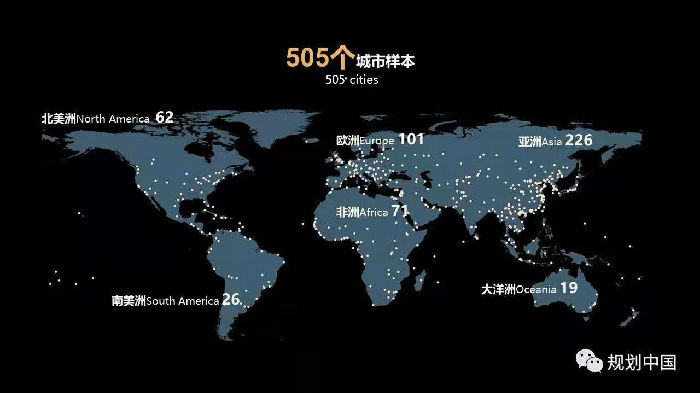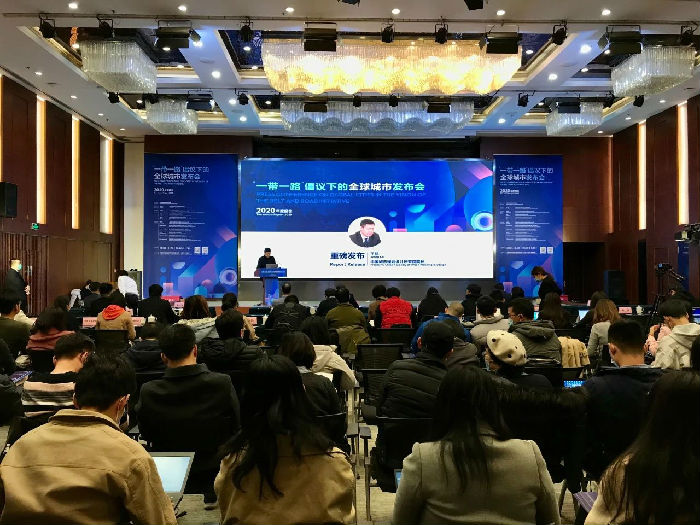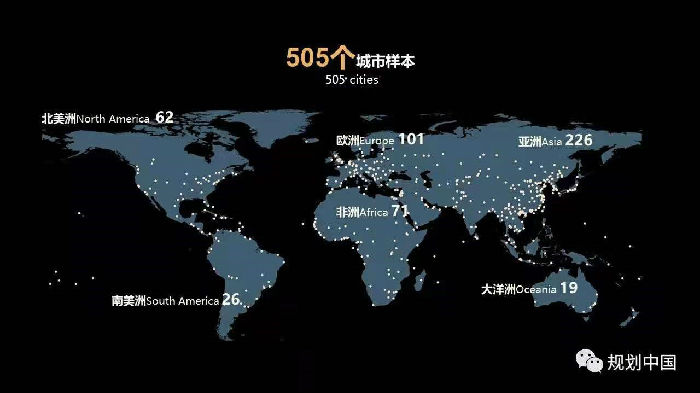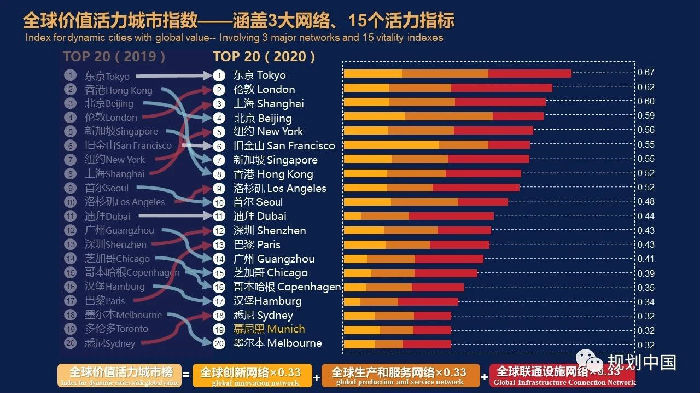



The press conference of report / Source: china-up.com
On the morning of November 22, 2020, the Press Conference on Global Cities in the Vision of the Belt and Road Initiative was held online and offline in Beijing. Experts from UN-Habitat, Chinese Academy of Social Sciences and other related fields attended the conference. The release of the Annual Report 2020 of Global Cities aims to provide an important reference for high-quality and in-depth cooperation on the international regions and cities through stable, continuous and up-to-date global urban research.
This is the second annual press conference following the first one in 2019. In 2019, the China Academy of Urban Planning & Design (CAUPD) released the Report of Global Cities in the Vision of the Belt and Road Initiative for the first time from the perspective of inclusive and shared development, and constructed the index for dynamic cities with global value and the index for Belt and Road potential cities. In 2020, the adjustment of global urban pattern has begun to appear due to the turbulent world geopolitical pattern and the global pandemic of Covid-19. Based on the new observations on hot spots and trends of globalization under Covid-19, CAUPD have expanded the city sample from 485 last year to 505 and assigned more 60,000 times, optimized the index for dynamic cities with global value and the index for Belt and Road potential cities, re-evaluated the performance of cities under the changing globalization, and revealed the changes and trends in the current world development.

The global distribution of the 505 cities as samples / Source: china-up.com
It is clarified in the press conference that the sudden outbreak of Covid-19 in 2020 has intensified the ebb trend of globalization, the international economy, science and technology, culture, security, and politics are all undergoing profound adjustments, and globalization has entered a new stage of profound change and transformation. The new development pattern of "double-cycle" in China has fostered the new advantages for China to participate in international competition and cooperation, and strived for a more inclusive globalization. The Covid-19 once again highlights the urgency of building a community with a shared future for mankind. The Belt and Road Initiative is an inclusive plan for the current globalization dilemma. In the post-epidemic era, inclusive globalization will promote globalization to a more inclusive value concept, a broader spatial pattern and a more diverse perspective, and lead the economic globalization out of its predicament and towards a more inclusive and sustainable direction. The inclusive concept of the Belt and Road Initiative brings opportunities to more emerging market countries and developing countries to improve infrastructure, enhance the level of industrialization, and participate deeply in the process of globalization.
According to the report, in the ranking of index for dynamic cities with global value, the composite cities have greater resilience, and the value of innovative cities has increased. Tokyo remains at the top of the global city list as it was last year, and has maintained resilience in the changes; the traditional global cities such as London, New York, and Paris are even sailing against the current and maintaining growth momentum, and their positions have risen compared to last year. While among the domestic cities, it is worth mentioning that Shanghai jumped to the third place relying on the rapid domestic economic recovery and policy support.

The ranking of index for dynamic cities with global value / Source: china-up.com
From the reports released in 2019 and 2020, it is not difficult to find that the three “network synergy” perspectives of innovation, production and service, and interconnection facilities proposed in 2019 report based on the connotation of global value chain could reveal the turbulent changes of global urban landscape better in the changing world in 2020. In the global innovation network (composed of main body, knowledge and service), the United States maintains the leading position (San Francisco, which gathers a large number of technology enterprises, has won the championship; the semiconductor industry in San Diego is booming day by day benefiting by the strong atmosphere of biotechnology, which is more like a black horse in the top 20 list for the first time). China, Japan and South Korea occupy half of the network. In China, Hangzhou, which is dominated by service industry, has given way to Shenzhen dominated by hardcore technology in the game of science and technology. The domestic innovation network has presented a new pattern of Beijing-Shanghai-Shenzhen-Hangzhou. In terms of global production and service network, East Asia, North America and Europe are the three important sectors. In terms of the global connectivity facility network, London and Shanghai are leading, while Hong Kong and Singapore were hit hard by the pandemic.

The ranking of cities in the global innovation network / Source: china-up.com
The Press Conference on Global Cities in the Vision of the Belt and Road Initiative was strongly supported and guided by Mr.Yang Baojun, the chief economist of the Ministry of Housing and Urban-Rural Development. Mr. Zhu Ziyu, the chief planner of CAUPD, hosted the press conference. Mr. Wang Liqiu, the Party secretary of CAUPD, gave an opening speech at the conference. Mr. Wang Kai, president of CAUPD, released the report. Mr. Fang Yu, president of CAUPD (Shenzhen Branch) introduced the report in detail. Mr. Ni Pengfei, Director of Center for City and Competitiveness in Chinese Academy of Social Sciences, and Mr. Zhang Zhenshan, UN-Habitat Programme Manager for China, attended the press conference as invited speakers. Mr. Bruno Dercon, Senior Human Settlements Officer in the Regional Office for Asia and the Pacific, UN-Habitat, Mr. Volkov Andrey, Former Rector of Moscow State University of Civil Engineering, Ms. Christina Anderskov, Counsellor, Royal Danish Embassy in China, and Mr. Eric Huybrechts, manager of international affairs, L'Institut Paris Region attended the press conference online.
Source: <https://mp.weixin.qq.com/s/5gPaKs1djbJnl2gDwc_45A>
Translated by Zhao Shengbo